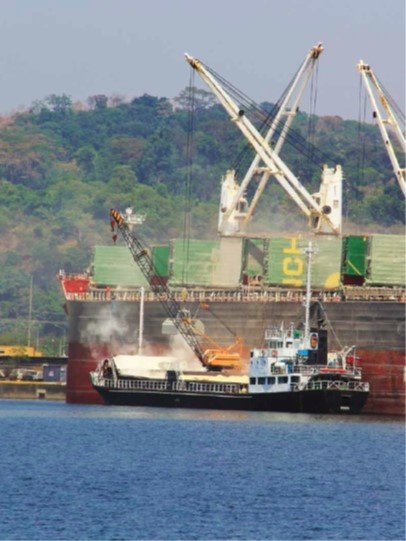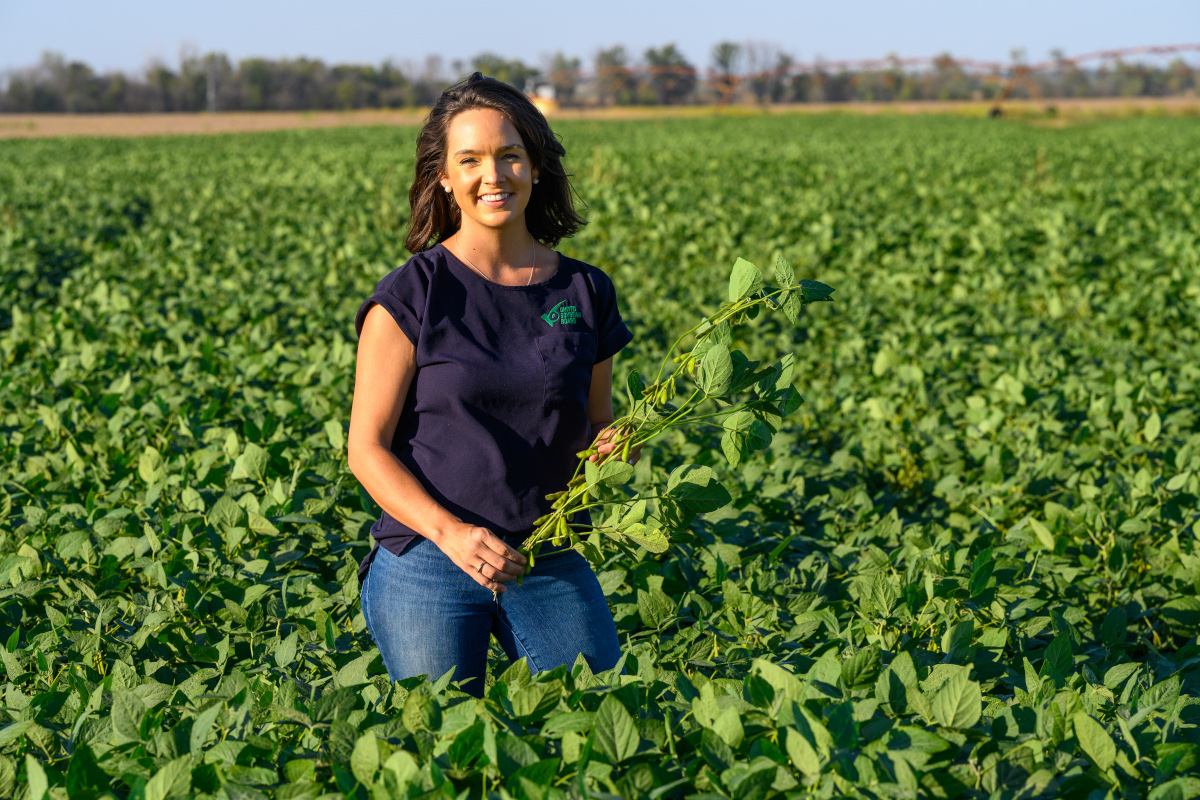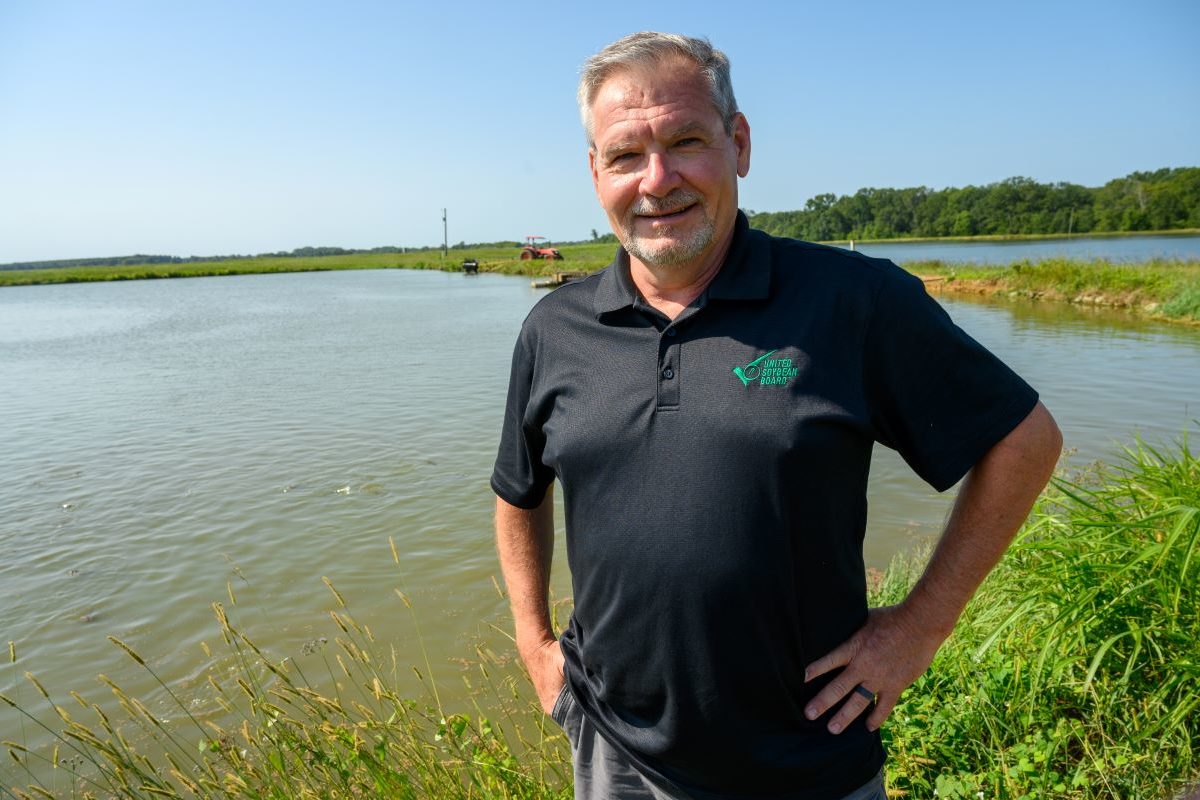English Proverbs and Locks and Dams

Timely Funding the U.S. Inland Waterways System
“A stitch in time saves nine,” says an old English proverb. In other words, addressing the problem now, when it’s small, avoids a bigger effort and expense later.
The saying applies aptly to the U.S. inland waterways system, which is a vital network to the transportation of commodities.
As the lock and dam system that makes up the inland waterways deteriorates, U.S. soybean farmers and other users of the system face renovation delays, unpredictable funding and, as a result, additional expenditures when moving goods. Timely completion of these projects is the stitch that saves time and money.
Reliable funding, appropriated to a variety of causes, leads to the improvement to the physical state of locks and dams, which improves the efficiency of U.S. agriculture and soybean exports. The Mississippi River illustrates the importance of these upgrades — 60 percent of U.S. grain travels that water artery to export ports. Intentional investment over time could mean millions of dollars saved in the future.
The Texas A&M Transportation Institute conducted research funded through the Soy Transportation Coalition. The resulting report outlines the impact of predictable funding structure for America’s locks and dams. The A&M findings show that a five-year construction project for a lock and dam with a $500 million budget could be completed on time if given access to a reliable funding source.
“In contrast, the same project with the same initial cost estimate and construction timeline would ultimately cost $573 million and eight years to complete,” according to findings released in the study.
The researchers at Texas A&M made a variety of recommendations based on their findings, but left readers with this: “Reliable and predictable funding, coupled with integrated asset-focused approaches to improve lifecycle investment decisions, can help to improve the useful life of the nation’s inland waterway system.”
Without access to updated inland waterways infrastructure, the U.S. soybean industry could lose one of its greatest advantages over foreign competitors.
Just as the proverb encourages timely spending, farmers encourage a wise and cost-effective approach to infrastructure funding. Education is key to understanding the importance of a reliable and predictable funding structure for the lock and dam complexes. Farmers, end-users and even consumers that understand the importance the funding structure to the U.S. inland waters can lead others to greater clarity. This broad-based support can lead to the continued improvement of locks and dams.
Click here to learn more about transportation and infrastructure issues that matter to soybean farmers.



